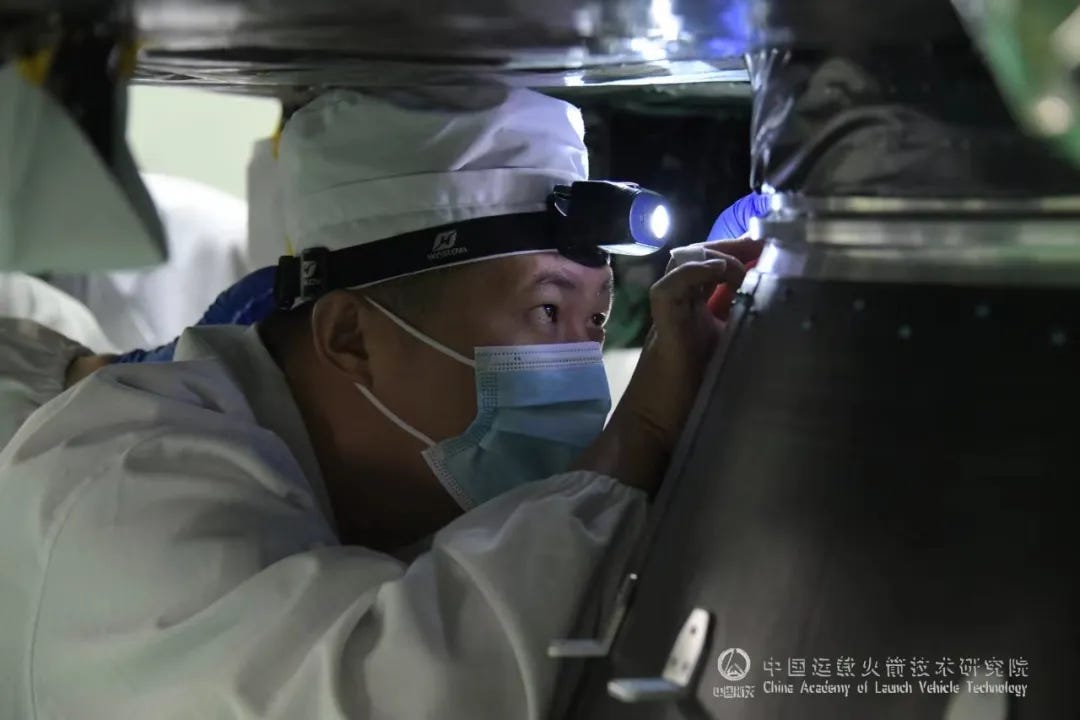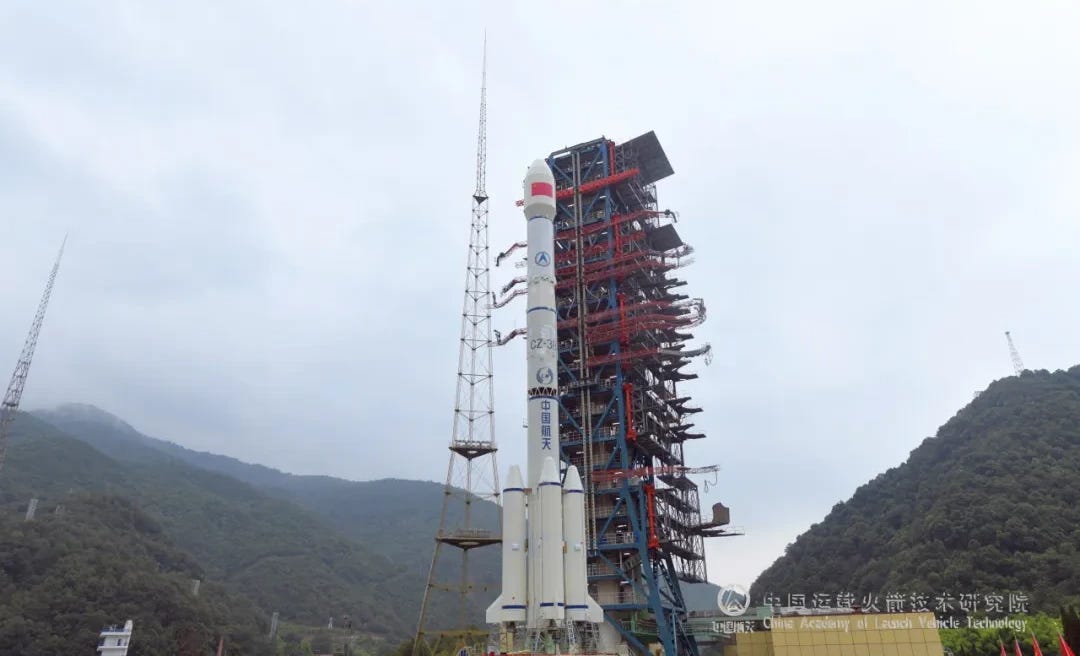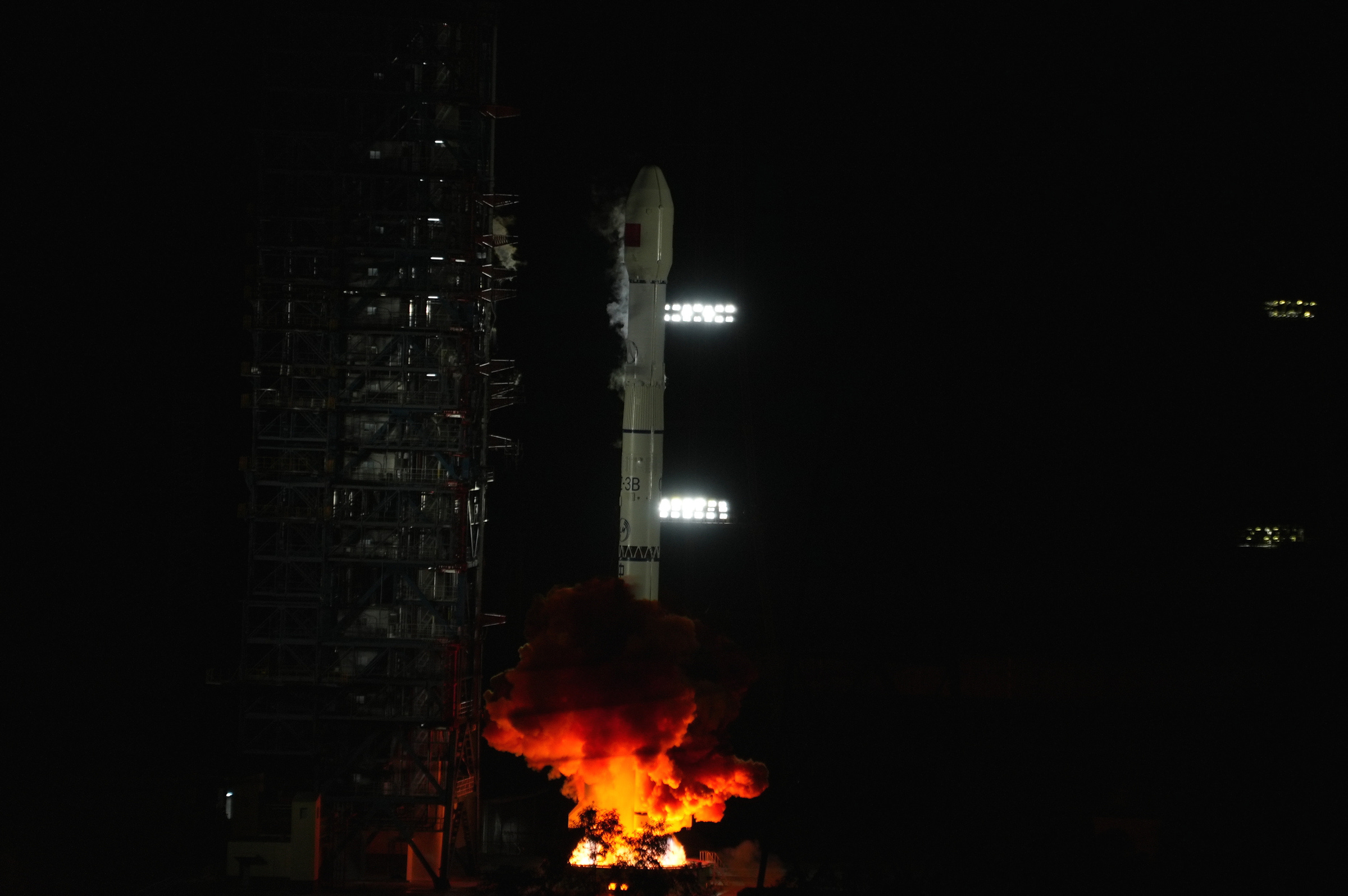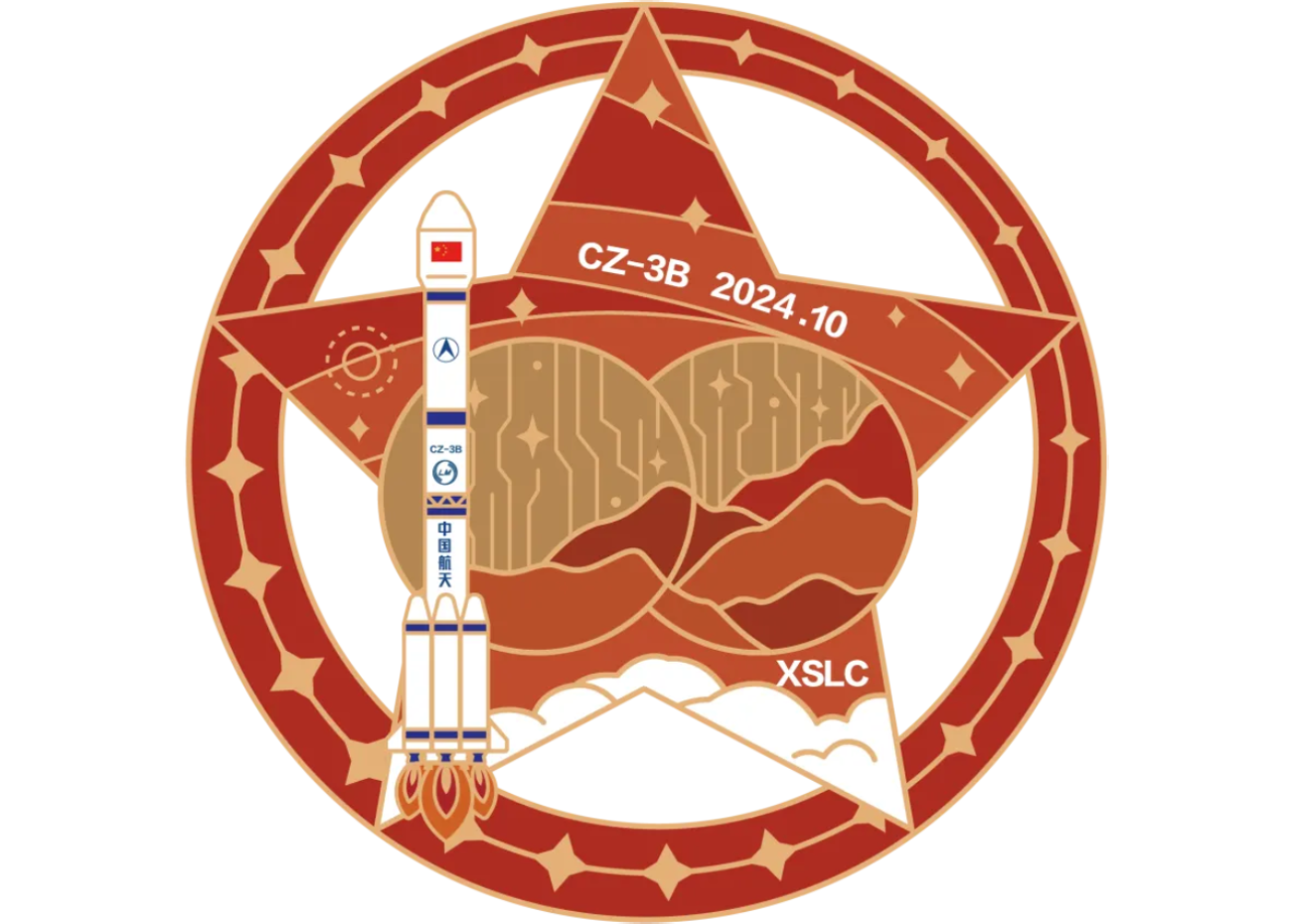Closing in on 100! [Long March 3B/E Y99]
The 99th Long March 3B has placed the third WHG satellite into orbit.
The 99th launch of the Long March 3B/E occurred at 21:50 pm China Standard Time, or 13:50 pm Universal Coordinated Time, from Launch Complex 2 at the Xichang Satellite Launch Center.
Atop of the Long March 3B/E for this mission was the WHG-03 satellite, known as internet high-orbit satellite in English. Following the launch, the China Academy of Launch Vehicle Technology announced that the rocket had successfully placed the satellite into its intended geostationary transfer orbit.

Not much is known about the WHG satellites other than the China Academy of Space Technology developed them. Based on the Long March 3B/E’s 5,500-kilogram payload capacity to geostationary transfer orbit, the WHG satellites could be based on the China Academy of Space Technology’s DFH-4 series platform. DFH-4 satellites can weigh between 3,800 and 7,000 kilograms.
With today’s launch, three WHG satellites have been sent into orbit. The first launch occurred back in February with a second following in August, both also atop of a Long March 3B/E.
Today’s launch was also the penultimate launch of the Long March 3B/E vehicle before it achieves one hundred launch missions. This mission is rumored to be scheduled for December, although there is a good chance it may occur sooner due to an increase in launch cadence over the last few months. Back on October 5th, the China Academy of Launch Vehicle Technology also said:
“In 2024, Long March 3B rockets are sprinting toward the 100 space launches mark for a single model. The model team continues to make unremitting efforts to realize high-quality development while executing high-density missions. During the National Day, all members of the Long March 3B rocket launch team stood firm at their posts, carried out a series of pre-launch preparations at Xichang Satellite Launch Center according to the plan and process, and completed the relevant operation tests, data interpretation, and quality check confirmation at the launch site in an orderly manner.”
”Strengthen confidence and go all out! We will rest assured that we are ready to go, celebrate the birthday of the motherland with practical actions of sticking to our posts, and successfully complete the key battle before the first 100 space launches of a single model of our country's carrier rocket with a more high-spirited spirit and more sophisticated operations. In the future, we will continue to have the ambition to strengthen our country, hone our skills to strengthen our country, and bravely build our achievements to strengthen our country. We will make persistent efforts and take advantage of the situation to make new contributions to building a space power.”
If there are any problems with this translation please reach out and correct me.
This was the 538th launch of a Long March rocket overall, the 99th launch of a Long March 3B, and the 47th launch from China this year.
Liftoff video via 我们的太空 and 黑白猫名字被占用 on Weibo
As of writing (October 10th), the Y number for this launch is believed to be Y99, this may change if clarified by the manufacturer.
Chinese companies, state-owned and private, use Y followed by a number to serialize launch mission numbering, similar to NASA with STS.
Check out the previous Long March 3B/E launch
What is the Long March 3B/E?
This section is for those less familiar with China's Long March series of launch vehicles.
The Long March 3B is an older-generation geostationary orbit workhorse of the China Academy of Launch Vehicle Technology. The first two stages and four boosters of the rocket burn Dinitrogen Tetroxide and Unsymmetrical Dimethylhydrazine, with liquid hydrogen and liquid oxygen in the third-stage.

Over the rocket's almost twenty-eight-year launch history, two versions of the vehicle have flown, the 3B and 3B/E. Since 2012 only the 3B/E variant has flown due to its increased payload capacity. The payload capacity of the launch vehicle is currently as follows:
11,500 kilograms to low Earth orbit
7,100 kilograms to a sun-synchronous orbit
5,500 kilograms into a geostationary transfer orbit
2,000 kilograms into geostationary orbit
The first-stage is powered by four YF-21C engines that burn Dinitrogen Tetroxide and Unsymmetrical Dimethylhydrazine to generate 302 tons of thurst, while the boosters are powered by one YF-25 engine burning the same fuel to generate 72 tons of thrust each. Combined the four boosters and first stage generate a thrust of 590 tons. The second stage is powered by one YF-22E and four YF-23F vernier engines that also burn Dinitrogen Tetroxide and Unsymmetrical Dimethylhydrazine to generate 81 tons of thrust. The third-stage is powered by two YF-75 engines that burn liquid hydrogen and liquid oxygen to generate 17 tons of thrust.
On the launch pad, the Long March 3B/E is 56.3 meters tall and weighs 458,970 kilograms when fully fuelled. The first and second-stage have a diameter of 3.35 meters, while the third-stage has a diameter of 3 meters, along with the four boosters diameter of 2.25 meters, and the fairing has a diameter of 4.2 meters.
So far every Long March 3B launch has occurred from the Xichang Satellite Launch Center, in the south of Sichuan province.






![Need a guide? [Long March 3B/E YZ-1 Y80]](https://substackcdn.com/image/fetch/w_1300,h_650,c_fill,f_auto,q_auto:good,fl_progressive:steep,g_auto/https%3A%2F%2Fsubstack-post-media.s3.amazonaws.com%2Fpublic%2Fimages%2F869b23f8-3ac2-40fd-b336-bd63d4786038_2000x1243.jpeg)